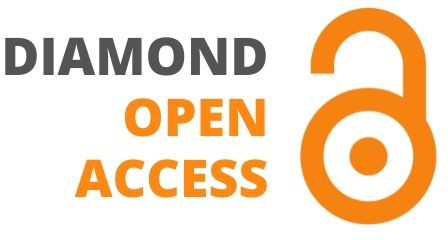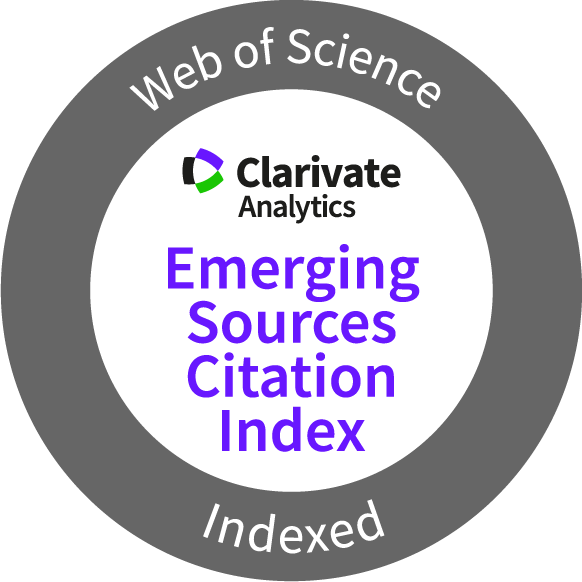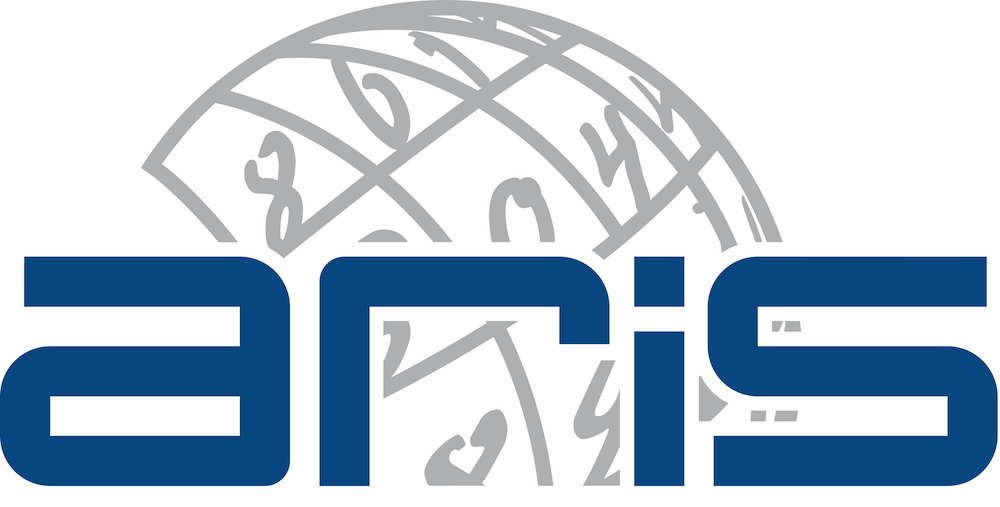Journal of Information Technology in Construction
ITcon Vol. 30, pg. 1616-1636, http://www.itcon.org/2025/66
Establishing a machine-learning-supported tool for the identification of necessary building-strengthening measures in the design phase of urban tunnel projects
| DOI: | 10.36680/j.itcon.2025.066 | |
| submitted: | April 2024 | |
| revised: | September 2025 | |
| published: | October 2025 | |
| editor(s): | Kumar B | |
| authors: | Fabian Dengg, Dipl.-Ing.
Institute of Structural Engineering, University of Natural Resources and Life Sciences, Vienna, Austria fabian.dengg@students.boku.ac.at Klaus Voit, Assoc. Prof. Priv.-Doz. B.A. Dipl.-Ing. MMMag. Dr. Institute of Applied Geology, University of Natural Resources and Life Sciences, Vienna, Austria klaus.voit@boku.ac.at Oliver Zeman, Dipl.-Ing. Dr., Institute of Structural Engineering, University of Natural Resources and Life Sciences, Vienna, Austria oliver.zeman@boku.ac.at | |
| summary: | Due to the construction of shallow tunnels in urban soft ground, surface settlements occur and can induce damage to buildings. To reduce these effects, preliminary strengthening measures (i.e. underpinning of foundations, construction of a foundation slab, jet grouting under foundations, …) need to be carried out. Identifying affected buildings in the catchment area of a planned tunnel tube can be of interest in an early stage of planning to have extra information for deciding between alternative routes. Therefore a machine learning tool based on two serial working random forest models was designed. The extension of the subway system in Vienna was chosen as a case study for the proposed method. In the course of this study by optimizing its’ hyperparameters and the tool design, satisfying prediction accuracies can be achieved. The models became trained (calibrated) and tested (validated) on a dataset of up to 25 variables per building. The wide availability of open governance data enables a solid database for the model training process. The established random forest models show a prediction accuracy between approx. 72% and 81%. Variables with the most importance for these results are (1) parameters of the tunnel (cross-section, tunneling method), (2) distances of the building towards the planned tunnel (different vertical and horizontal distances), and (3) the construction year of the examined building. The dataset can be extended by data and information from future constructions. This will further improve the models’ prediction accuracy when applying them to upcoming evaluation processes. | |
| keywords: | urban tunneling, strengthening of buildings, machine learning, decision models, sustainability, use of resources | |
| full text: | (PDF file, 0.936 MB) | |
| citation: | Dengg F, Voit K, Zeman O (2025). Establishing a machine-learning-supported tool for the identification of necessary building-strengthening measures in the design phase of urban tunnel projects, ITcon Vol. 30, pg. 1616-1636, https://doi.org/10.36680/j.itcon.2025.066 | |
| statistics: |





